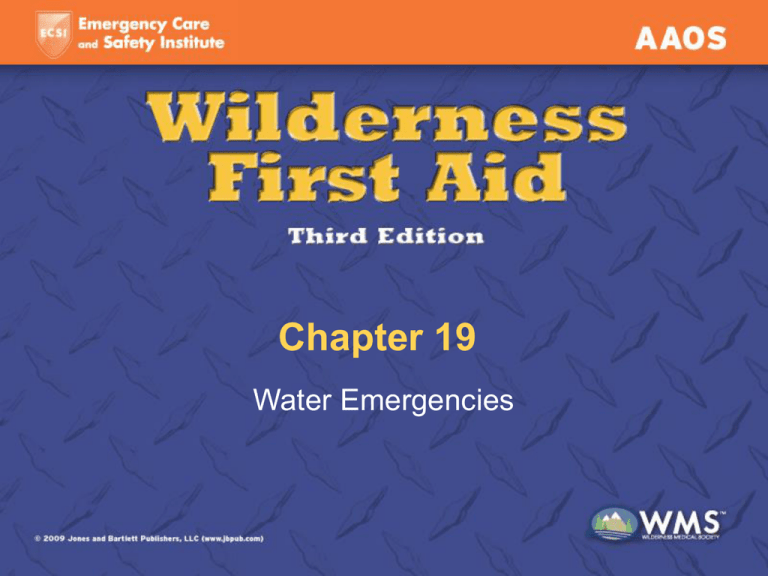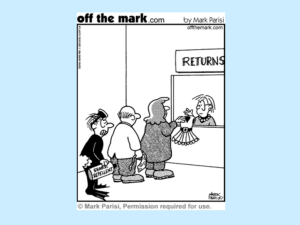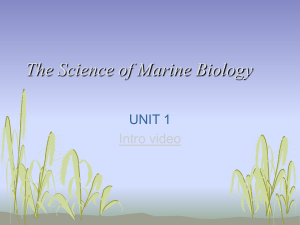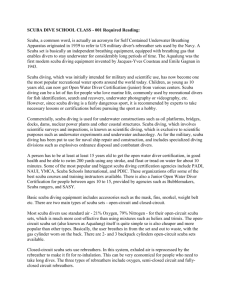CH19_Water
advertisement

Chapter 19 Water Emergencies Lesson Objectives • Assess and manage submersion incidents. • Assess and manage scuba diving injuries, including breathing-gas problems and decompression illnesses. • Assess and manage marine animal stings, including those from Portuguese man-of-war, jellyfish, and sea anemone, as well as other marine organisms. Submersion Incidents (1 of 3) • Drowning is defined as “the process of experiencing respiratory impairment from submersion/immersion in liquid.” • Most submersion incidents are preventable. Submersion Incidents (2 of 3) • What to look for: – Victim struggling in the water. – Victim floating motionless. – Victim lying at the bottom of a body of water. • What to do: – Assess your own resources and abilities. – Rescue the victim. Remember to reach, throw, row, and go. Submersion Incidents (3 of 3) • What to do (continued): – Open victim’s airway and provide rescue breathing, as needed. – Perform resuscitation, as needed. – Evacuate all victims who have been resuscitated. – Observe victims closely who do not require resuscitation. Scuba Diving Injuries (1 of 7) • Scuba: self-contained underwater breathing apparatus • Divers should be familiar with medical problems from their certified training course. • Non-divers should know the basic problems that divers might face and how to provide appropriate treatment. Scuba Diving Injuries (2 of 7) • Breathing-gas problems – As depth and pressure increase, more gases are able to dissolve in the blood. – Excessive oxygen in the blood can cause visual changes, confusion, and seizures. – Increased nitrogen can cause nitrogen narcosis. – Hypoxia occurs when breathing air is used up. Scuba Diving Injuries (3 of 7) • Decompression illnesses (dysbarism) – Decompression sickness (“the bends”) – Arterial gas embolism (AGE) © louise murray/Alamy Images Scuba Diving Injuries (4 of 7) • Decompression illnesses (dysbarism) – What to look for: AGE • Unconsciousness • Paralysis or weakness • Convulsions • Cardiac/respiratory arrest • Dizziness or visual problems Scuba Diving Injuries (5 of 7) • Decompression illnesses (dysbarism) – What to look for: Decompression sickness • Joint or limb pain • Paralysis • Fatigue and weakness • Breathing difficulty • Numbness or tingling • Rash Scuba Diving Injuries (6 of 7) • Decompression illnesses (dysbarism) – What to do: • Evaluate breathing and resuscitate as needed. • Give 100% oxygen. • Place victim in recovery position. • Give victim sips of water if conscious and alert. • Protect from excessive cold and heat. • Protect from injury if seizure occurs. Scuba Diving Injuries (7 of 7) • Decompression illnesses (dysbarism) – What to do (continued): • Evaluate for other injuries. • Do a neurologic exam. • Contact local EMS and DAN (Divers Alert Network) • Get the victim with decompression sickness to recompression therapy in a hyperbaric chamber. Courtesy of NOAA Marine Animal Stings (1 of 6) • Portuguese man-of-war • Jellyfish • Sea anemone Marine Animal Stings (2 of 6) • What to look for: – Pain, varying in severity – Whiplike streaks on the skin – Blisters, welts, scattered red blotches within 24 hours – In severe cases: headache, dizziness, paralysis, and anaphylaxis – Possible coelenterate poisoning Marine Animal Stings (3 of 6) • What to do: – Rinse with sea water. – Do not touch tentacles with your bare hands. – Apply vinegar, rubbing alcohol, or household ammonia for 30 minutes. – Apply shaving cream or baking soda paste and shave the area to remove nematocysts. Marine Animal Stings (4 of 6) • What to do: – Reapply vinegar or alcohol and soak for another 15 minutes. – Apply hydrocortisone cream, antihistamine cream, or anesthetic ointment twice a day. Marine Animal Stings (5 of 6) • Other marine life – – – – – Stingrays Sea urchins Catfish Stonefish Scorpion fish Marine Animal Stings (6 of 6) • Other marine life – What to do: • Irrigate with water. • Soak in hot water for 30 to 90 minutes. • Remove obvious pieces of barb. • Treat as a puncture wound. • Seek medical attention promptly. • Consider a tetanus booster.









